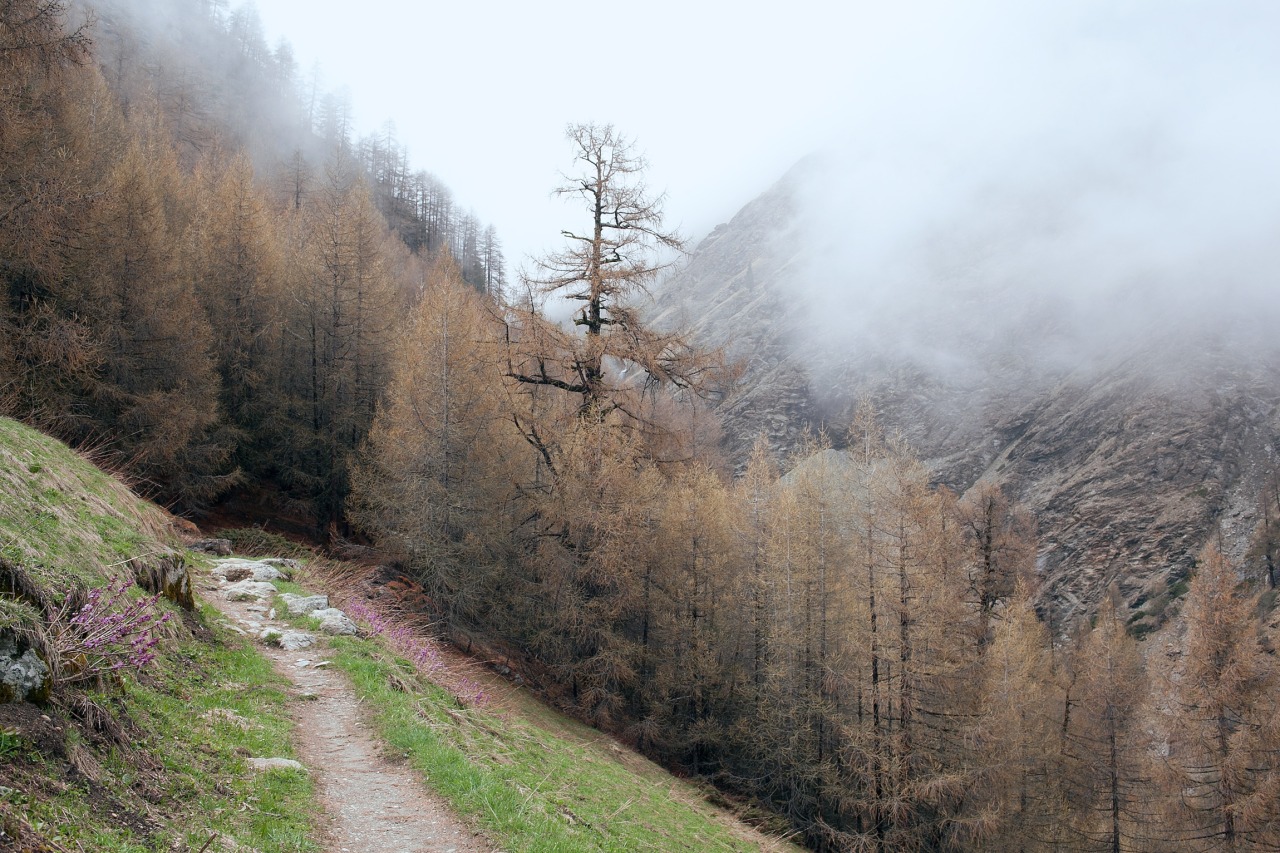If it's about the journey and not the destination then why are wilderness hikes so dull in fantasy roleplaying games?
The most popular solution to getting past long journeys is just to hand-wave them altogether, proclaiming that 'it was uneventful' or 'roll 1d6, on a 6 you're attacked by bandits'. I'm more than guilty of taking the easy route, but it shouldn't be like this. Especially in fantasy, you're exploring a world that is, by definition, fantastic. It's easy to decide that your world resembles medieval Europe, so the land is a carbon copy of something you would find in the Norwegian wilderness, only with kobolds mincing around the trees. Letting go of this preconception can easily help those times when characters have to traverse the wild lands for a week.
Take a leaf from Numenera. That's a game where everything is balls-to-the-walls bizarre. Every object is a mystery and creatures are unpredictable. There is no reason why your fantasy campaign can't throw Numeneran surprises at your players. What if they came across a purple mountain that emitted a strange green light from its peak? Or a river that flowed fifty feet above the ground? What about a forest that whispered the secrets of the world, and all travellers have to do is listen? Suddenly your world has become alien, less safe. Suddenly your players aren't just wary of the occasional gnoll raiding party, but of the land itself.
"Play on the five senses in your descriptions"
One of the ways that GMs tend to punctuate their wilderness travels is through random encounters. These dice rolls become a vehicle to rather cheaply add some synthetic excitement to wilderness journeys. Generally what happens is that you throw a handful of enemies at the players, they sort them out and then continue onwards. It's an uninteresting way of continuing the story. Instead, you could create random scenarios, tiny stories in their own right that can make a mundane wilderness journey into something more memorable. Instead of creating a table of random encounters, draft up a table that contains a list of short quests that the PCs can choose to undertake. It could be as simple as the PCs stumbling across a stone circle that gently hums as they get closer. If they enter the circle a faerie appears and tells them of the boggart that appears every night to steal their children. There would be a reward for undertaking the quest and you could even add some clues relating to the overarching campaign (the boggart is actually a shapeshifter who serves the big bad in your campaign, for instance).
"Adding some tactile aspects to the journey can also enhance these sections"
Adding some tactile aspects to the journey can also enhance these sections, explains Dorian Knight on Google Plus: "Background music to evoke the atmosphere, mood lighting to suck the players in, and some physical props such as leaves, twigs, and pine cones." If the players come across a strange black rock that's emitting some kind of wailing sound, then hand them a black rock. They can physically inspect it, drawing them further into the game.
Some people prefer structure in their journeys, which is why much of the time it's easier just to say that the journey went without a hitch. However, if you treat wilderness travel like a dungeon then you may find it easier to create a more exciting challenge for the players. Shawn H Corey explains: "Break the wilderness into areas and treat each as a "room" in a dungeon. Each has its own description and hazards, sometimes an occupant, sometimes a trap, sometimes something helpful, sometimes nothing at all." The use of map hexes would help this method, and if your campaign setting is already pre-made, such as Carcosa for Lamentations of the Flame Princess, then you already know what is in each hex.
Journeys should be an adventure in and of themselves. Each little story, encounter or description you give the players while out in the wild will contribute something towards your overall campaign. Don't let travelling end up as a wasted opportunity.
But if you want to really immerse your players then take the advice given by Richie Worden and "Play outside!"



You made such an interesting piece to read, giving every subject enlightenment for us to gain knowledge. Thanks for sharing the such information with us to read this... סיינטולוגיה
ReplyDelete